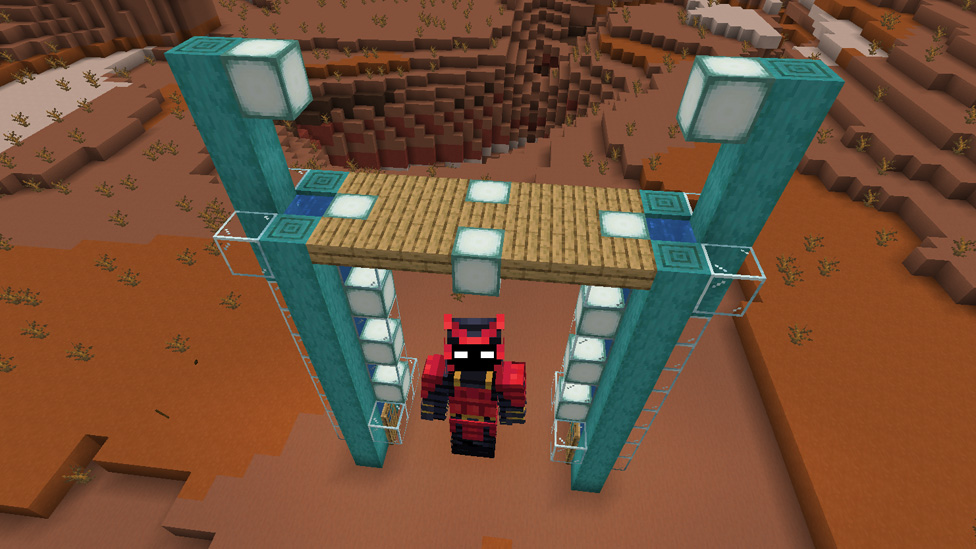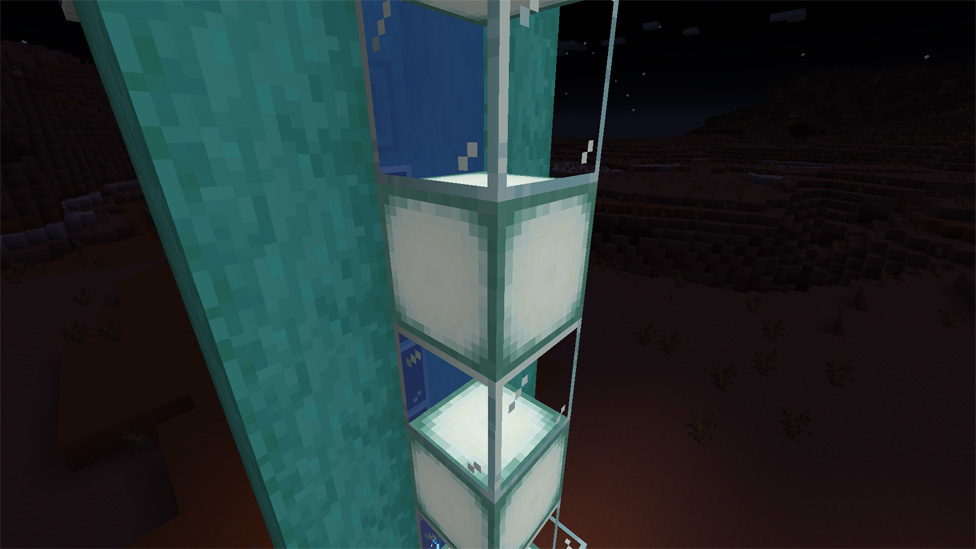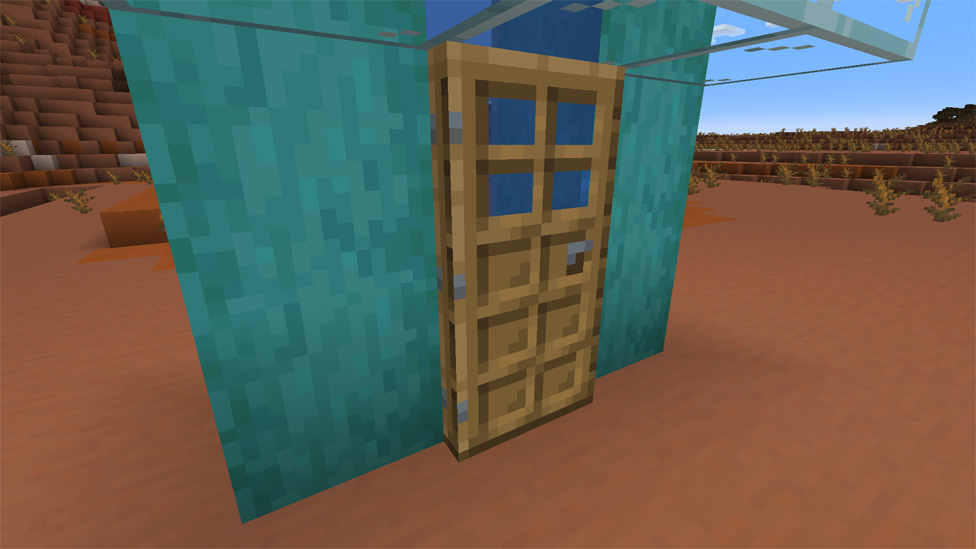How to Make a Water Elevator in Minecraft
Make Your Own Minecraft Server For Free
Your own Minecraft server is only 5 minutes away! We support simple one click install for over 1000 unique modpacks.
Free Minecraft Server Hosting

What exactly is a water elevator in Minecraft?
At its core, a water elevator is a vertical column of water that allows gamers to journey up and down quickly without the want for traditional stairs or ladders. This modern mode of transportation uses the physics of water blocks in Minecraft to create an upward or downward flow, enabling gamers to move at a much quicker pace in comparison to different strategies.The beauty of a water elevator lies now not best in its speed but additionally in its versatility. It can be integrated into a variety of building designs, from easy towers to complex underwater bases. Using water elevators is especially effective in survival mode, wherein short vertical movement can be the distinction between life and death.
Gathering Materials
Before embarking on your creative journey, it's critical to gather the right materials. the foundation of any successful water elevator in Minecraft is a collection of precise items which are easy to find but essential for the build.- Water Buckets: You'll need several buckets of water to create your elevator. These can be easily crafted using iron ingots.
- Kelp: This underwater plant is crucial for converting flowing water into source blocks, a key component of the elevator's mechanism. Kelp can be found in almost any ocean biome.
- Building Blocks: Choose your preferred material, like glass for transparency or stone for durability, to construct the elevator's structure.
- Soul Sand and Magma Blocks: For upward and downward movement, respectively. Soul sand creates an upward bubble column, while magma blocks create a downward flow.
- A Door or Fence Gates: To prevent water from flowing out of the elevator's entrance and exit.
- Construct the Shaft: Decide on the height and build the elevator shaft using your chosen building blocks. A 2x2 or 1x1 column works well, but you can customize the size based on your needs.
- Seal the Bottom: Place a door or fence gate at the bottom to prevent water from escaping.
- Fill with Water: Place water at the top of the shaft so it flows down. Alternatively, you can place water in each block space, but this is more time-consuming.
- Place Kelp: Starting from the bottom, place kelp in each block of the water column. This transforms each flowing water block into a source block.
- Install the Bubble Columns: At the bottom of your shaft, replace the first block with soul sand for an upward elevator or a magma block for a downward elevator. This will create a bubble column that propels you upwards or downwards.
- Final Touches: Enter your water elevator and watch as it swiftly transports you to your desired level.
Step-by-Step Construction
Constructing a water elevator in Minecraft would possibly seem daunting, however with these easy steps, you'll have a useful and elegant elevator right away.Customizing Your Elevator
Once your water elevator is up and running, you might want to add some personal touches to make it blend seamlessly with your Minecraft world or stand out as a unique feature.Aesthetic Choices
Using glass blocks for your elevator shaft can provide a stunning visual effect, allowing you to enjoy the views as you travel. Colored glass adds an extra layer of style.
Lighting

Strategic placement of light sources like glowstone or sea lanterns not only illuminates your elevator but also enhances its appearance, especially at night.
Size Adjustments
While a standard 1x1 or 2x2 elevator works well, consider expanding the size for a grander look or to accommodate multiple players.
Entrance and Exit Points
Customize the entrance and exit of your elevator with decorative elements like archways or themed doors to match your overall building style.
Safety Features
Adding a landing pool at the bottom of a downward elevator can be both a practical and fun addition, ensuring a safe landing.
Final thoughts
Within the vast, creative world of Minecraft, the water elevator stands out as a testament to player ingenuity and the game's endless opportunities. Not only does it add a modern touch to your buildings, however it also offers practical benefits, improving your gameplay experience with quick and efficient vertical transportation. Whether you're constructing towering skyscrapers or exploring underwater realms, incorporating a water elevator into your layout can be both a purposeful and aesthetic choice.
As you experiment with your own water elevators, why not play on Minecraft with MP? At Scalacube we believe that everyone should be able to play together. This hosting service provides the perfect environment to test your designs, share with friends, and explore the creations of others. With the knowledge and tips shared in this blog, you're well-equipped to create an impressive and efficient water elevator that will elevate your Minecraft adventures to new heights.
FAQS
What materials are needed for a water elevator in Minecraft?
Essential materials include water buckets, kelp, and building blocks like glass or stone. Kelp plays a crucial role in converting water blocks into 'source blocks,' necessary for the elevator's functionality.
How do you use kelp in building a water elevator?
Kelp is used to transform water blocks into source blocks. When placed in flowing water, each block of kelp converts the water block it occupies into a source block, essential for creating a continuous flow.
What are some common issues faced while making a water elevator in Minecraft?
One common issue is not having all water blocks as source blocks, which can be resolved using kelp. Another is incorrectly placing the soul sand or magma block,
which should be at the very bottom.
Why is a water elevator useful in Minecraft?
Water elevators provide a quick and efficient way to move vertically, saving time and adding an element of modernity to your builds. They are especially useful in large-scale constructions and underwater bases.
Make Your Own Minecraft Server For Free
Your own Minecraft server is only 5 minutes away! We support simple one click install for over 1000 unique modpacks.
Start Your Server For Free!
Copyright 2019-2025 © ScalaCube - All Rights Reserved.